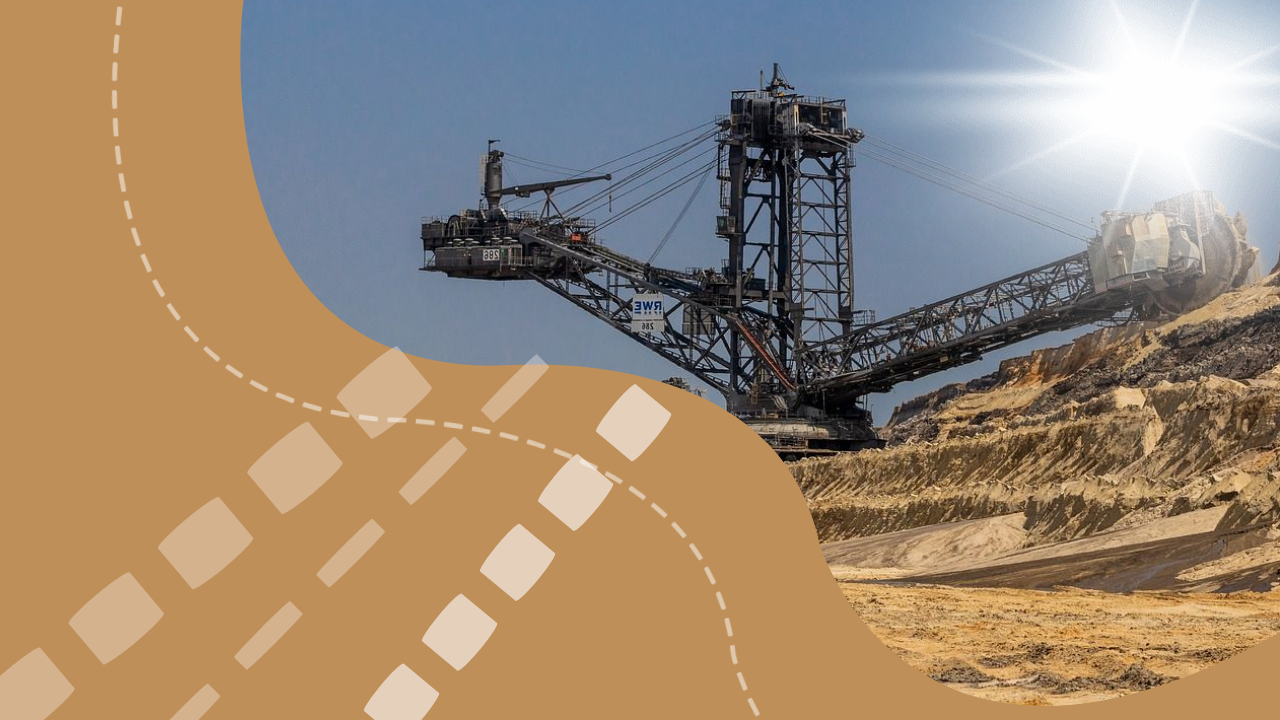The proposal to allow the extraction of technogenic mineral formations (TMF) located within populated areas and within 1 km of them is stated in an advisory document on regulatory policy for the draft law of the Republic of Kazakhstan “On Amendments and Additions to Some Legislative Acts of the Republic of Kazakhstan on Subsoil Use to Improve the Investment Climate.”
In Kazakhstan, there is a proposal to allow the development of mining waste within populated areas.”The prohibition established by Article 25 (Subsoil Code, which prohibits subsoil use operations on lands within populated areas and within 1 km of them – italicized) prevents obtaining subsoil use rights for TMF located in populated areas. At the same time, underground extraction of TMF is not possible as the objects are located on the surface of the land. In turn, granting the right to extract solid minerals (TPM) from TMF within populated areas will free up land, improve the environmental situation (through the removal of ore or tailings), and create jobs,” the published document states.
Developers note that a significant portion of TMF resulting from mining activities is currently located within populated areas or within a 1 km protective zone: terricones in the East Kazakhstan region, Balhash, Kentau tailing ponds, and so on. According to established practice, subsoil users have had to buy land and houses from local residents, compensating for their relocation to other populated areas. Now, this practice is effectively being proposed to be discontinued.
However, developers believe that the extraction of minerals from such TMF should be aimed at exporting the TPM from the extraction site without processing them on-site, as such activities would exacerbate the environmental situation. Therefore, the document emphasizes that when signing agreements to support the local population and coordinating environmental impact assessments (EIA), requirements for preserving the environmental situation will take precedence.
In addition, the document proposes to ease the conditions for artisanal miners. According to the code, applicants for an artisanal miner’s license must own a cargo truck with a capacity of no more than 10 tons, drilling equipment, as well as an excavator or bulldozer with a total bucket volume of no more than half a cubic meter. However, for artisanal miners, acquiring an excavator and bulldozer for stripping and reclamation work is costly and impractical expenditure, so the use of equipment on a rental basis is proposed to solve this problem.
The developers also suggest regulating, following the example of foreign legislation, the amounts to be paid by subsoil users for using land plots for geological exploration within the framework of private or public servitude (limited right to use someone else’s land). When establishing private servitude, a fee for servitude and compensation for damages are provided. However, because the parties cannot reach an agreement on this matter, the subsoil user cannot start geological exploration. The document notes that the absence of regulation on the amount often leads to unjustified overestimation of expectations regarding the amounts from landowners’ side.

